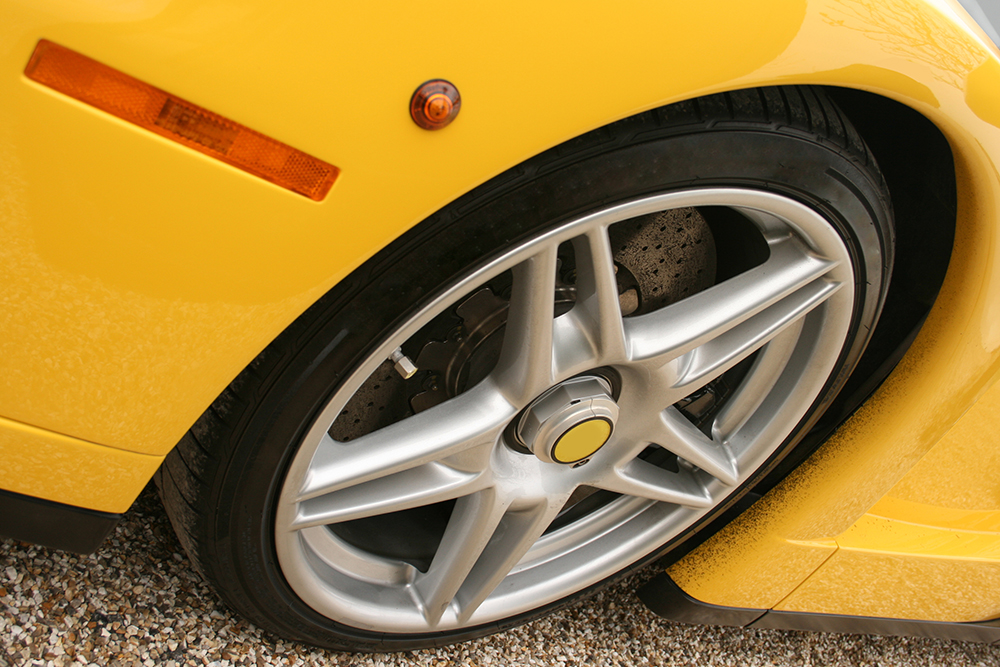Wheel repair brings new life to scraped, dented rims

You spot a parallel parking space next to a popular city restaurant.
As you quickly maneuver into the tight quarters, one wheel scrapes against the cement curb and leaves a scar that looks frighteningly similar to a bear claw across the metallic surface.
What now?
“There are often ways to repair it,” said Joe Volpe of Detroit Wheel and Tire, a shop in the suburbs of the Motor City. “The key is to address it – especially if the wheel is bent or cracked – before the damage becomes a serious issue.
“A wheel is like a windshield; once it cracks it continues to crack,” he said.
According to Volpe, a bent wheel may cause vibration that damages tires, steering or suspension systems.
Drivers who scuff their wheels or bend them in a pothole should know they’re not alone, he said. The design of modern wheels practically invites such wear and tear.
“There’s no way to avoid the risk. Wheels keep getting bigger and tires get smaller, so there's not a lot of rubber there to protect it,” Volpe said. “Some midsized cars a few years ago had 14- or 15-inch wheels, now they are 19 inches.”
Repairing a wheel is a balance of art and science.
The worker strips the paint and finish from the wheel. Then he heats the bent area to about 450 degrees and repairs it. Once balanced, the wheel is repainted and refinished to its original luster.
“When refinished, it's very difficult to see where it's been repaired,” he said.
The process takes about a day to complete.
An aluminum wheel can be fixed three separate times, Volpe said. After that, it becomes brittle from all the thermal shock it’s endured.
There are also cases where the damage is too extensive to attempt a repair.
Experts know a wheel can’t be salvaged when the center hub is bent or the crack runs all the way to the middle. At that point, Volpe said, it can’t be fixed.
The principle of the wheel has remained largely unchanged for thousands of years, but the materials its made from have certainly evolved.
Steel, once the industry standard, has lost its place to alloys and aluminum wheels with polished or machined finishes.
The gleam of chrome-plated wheels turn heads, but they demand special treatment and attention. Volpe suggested removing chrome wheels during the winter, especially in climates prone to snow and rock salt on the roads.
Even if an owner is vigilant, Volpe said chrome wheels start showing wear with a year or two. Volpe offers the following suggestions for drivers with wheel damage:
- Find out if your wheel is made of steel, aluminum or alloy. Those details will help repair specialists estimate repair cost and time.
- Determine if the wheel is salvageable, or if it needs to be replaced. A wheel with a bent center hub or crack in the middle will likely need replacement.
- Look for shops approved by your insurance provider to assure quality workmanship. Ask if the repair is covered by policy.
- Find out how long the repair will take to determine if you need a loaner vehicle. repairs may take a day or several days depending on the severity of damage and type of metal alloy.